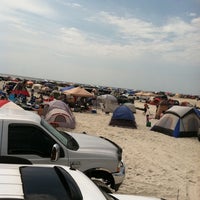
įollowing the start of European settlement, parts of the park were used for sewage treatment. There is an extensive history of Māori settlement in the Māngere Mountain area, and there are 95 archaeological sites around the park. īirdwatchers have identified a total of 86 birds in the park including little shags, and white-faced herons. Kōtuku ngutupapa (royal spoonbill) also migrate to the area. Kuaka (bar-tailed godwit) and huahou (red knot) migration from overseas. Tōrea (South Island pied oystercatcher) and ngutuparore (wrybill) migrate north from the South Island after breeding. Large numbers of migratory birds feed here during the summer months. Shorebirds migrate to the park in large numbers during summer months. There are rare examples of oioi-coastal needle grass on saline margins of lava flows, as well as patches of salt marsh, salt marsh and broadleaved scrub. Most other lava flows around Auckland have been destroyed during urban development. There are several examples of basalt lava flows, originating from the Māngere Mountain about 18,000 years ago.


It includes both wamping coastline and grazed farming paddocks. The park covers 85 hectares (210 acres) of low-lying volcanic land on the shores of the upper Manukau Harbour.
Freeman park camping free#
It is the largest annual event organised by Auckland Council, and gives families free access to a working farm. The parks hosts the Ambury Farm Day each year.

Areas of the park are leased to the Mangere Pony Club, and the Ambury Park Centre for Riding Therapy, a charity which opened in 1985, which provides physiological and psychological therapy through horse riding. There are also goats, cows, pigs, chickens, turkey, rabbits and peacocks. The park is a working sheep and dairy farm with a woolshed and milking shed. It is situated in the suburb of Māngere Bridge and in the local board area of Māngere-Ōtāhuhu, to the west of Māngere Mountain.


 0 kommentar(er)
0 kommentar(er)
